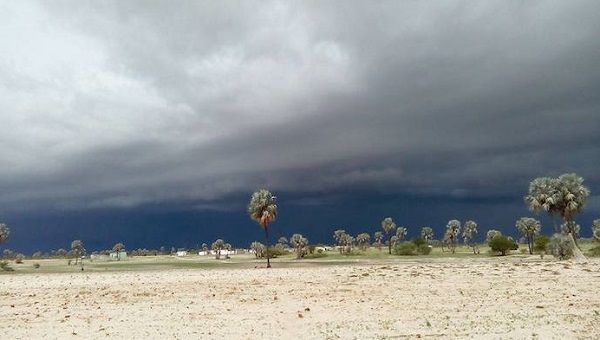
Men from the met meet in Luanda for a consensus seasonal weather outlook

Weather experts from across southern Africa are meeting in Angola this week to develop a regional consensus climate update forecast for the 2019/20 agricultural season.
The seasonal forecast to be produced by the 23rd Southern African Regional Climate Outlook Forum (SARCOF-23) is aimed at improving the contribution of national meteorological and hydrological services to early warning and disaster preparedness, taking into account information on major climate drivers such as the El Niño Southern Oscillation.
The meeting comes against the backdrop of the recent occurrence of extreme climate events such as droughts and tropical cyclones, which have resulted in adverse impacts on agriculture, water resources and hydropower generation in the region.
Between January and April the region faced a number of weather-related phenomena such as Tropical Cyclones Desmond, Enawo, Idai and Kenneth, which caused flooding in the Comoros, Madagascar, Malawi, Mozambique, Tanzania and Zimbabwe.
Cyclone Idai was recorded as one of the worst tropical storms to ever affect Africa and the southern hemisphere.
Following the occurrence of drought and floods in the 2018/19 season, the region has an estimated cereal deficit of more than 5.4 million tonnes this year, although some countries such as Tanzania have a surplus crop for export following good rains.
In view of the region’s vulnerability as well as the need to increase resilience to these climatic shocks, the just-ended 39th SADC Summit called on Member States to implement comprehensive multi-year response plans to tackle the recurrent droughts and food insecurity challenges.
Outgoing SADC Chairperson, President Hage Geingob of Namibia highlighted the need for southern Africa to develop deliberate measures to address the impacts of climate change.
The Summit directed the SADC Secretariat to expedite the operationalization of the SADC Disaster Preparedness and Response Mechanism as part of regional measures to respond to effects of climate change.
The SADC Disaster Preparedness and Response Strategy was adopted by ministers responsible for disaster risk management in November 2016 to strengthen the preparedness and response mechanism for early warning as well as recovery from disasters in the region by 2030.
To better prepare for future hazards, the region has already established a Climate Data Processing Centre to provide timely early warning information such as prediction of flood and drought potential, and onset of the rainy season, as well as climate advisories and information.
Furthermore, SADC is planning to develop and operationalize a regional database to record losses from disasters through the operationalization of a Regional Disaster Risk Information System.
Other measures include the development of Standard Operating Procedures for relief and recovery operations; the creation of a Regional Emergency Roster under which Member States will contribute human resources to humanitarian efforts; and the mapping of disaster-prone areas and available resources.
In addition, southern Africa plans to establish a regional risk insurance scheme, which aims to improve rapid responses to natural disasters in the region.
SARCOF-23 is meeting in the Angolan capital, Luanda from 28 to 30 August, under the theme, “Understanding the Earth System to Build Resilience against Recurring Extreme Weather and Climate Events in the SADC Region.”
Southern African News Features are produced by the Southern African Research and Documentation Centre (SARDC), located in Harare, Zimbabwe. Website and Virtual Library for Southern Africa at www.sardc.net.











































